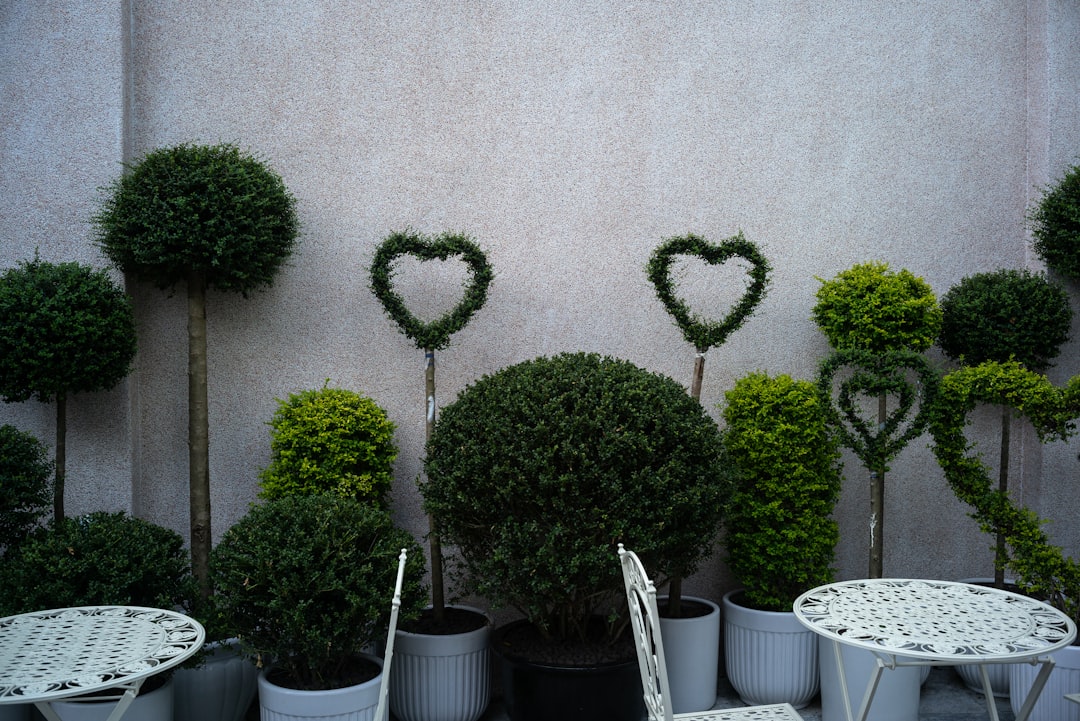Transform Your Chilly Shade Spots with Resilient Plants

Even in the harshest of winters, when sub - zero temperatures become the norm, there's no need to let the shady corners of your yard remain dull and lifeless. The cold - climate shade garden plan is here to turn those lackluster areas into vibrant and engaging spaces.
Shade gardens in cold climates present a unique set of challenges. The combination of low light and freezing temperatures can make it difficult for many plants to thrive. However, there are a number of tough plants that are well - adapted to these conditions. These plants not only survive but can also add a splash of color and texture to your yard throughout the year.
One of the stars of the cold - climate shade garden is the Hosta. Hostas come in a wide variety of sizes, shapes, and colors. Their large, textured leaves can range from deep greens to blues and even variegated patterns. They are extremely hardy and can tolerate cold winters and low light levels. In the summer, they produce beautiful flower spikes that add an extra dimension to the garden. Whether you choose a small, compact variety for the edge of a path or a large, showy one as a focal point, Hostas are a reliable choice for any cold - climate shade garden.
Another great option is the Bleeding Heart. This delicate - looking plant is surprisingly tough. It features heart - shaped flowers that dangle from arching stems, creating a romantic and charming look. Bleeding Hearts prefer partial to full shade and can handle cold temperatures well. They typically bloom in the spring, adding a burst of color after the long winter months. Their foliage also remains attractive throughout the growing season, making them a valuable addition to the garden.
Ferns are also a staple in cold - climate shade gardens. With their feathery fronds, they add a soft and elegant touch to the landscape. There are many different types of ferns, each with its own unique appearance. Some ferns, like the Christmas Fern, are evergreen, providing year - round interest. Others, such as the Lady Fern, have a more delicate and lacy look. Ferns are well - adapted to shady and moist conditions, which are often found in cold - climate shade areas.
Heuchera, also known as Coral Bells, is another plant that thrives in cold - climate shade. It has colorful foliage that can range from deep purples to bright oranges and yellows. The foliage provides a long - lasting display of color, and in the summer, it produces small, bell - shaped flowers on tall stems. Heuchera is a low - maintenance plant that can tolerate cold temperatures and low light, making it a great choice for a shady garden.
When planning your cold - climate shade garden, it's important to consider the layout and design. Group plants together based on their height, color, and texture to create a visually appealing display. You can also add some hardscaping elements, such as a small stone path or a decorative bench, to enhance the overall look of the garden. Additionally, make sure to provide adequate drainage, as waterlogged soil can be detrimental to the plants in cold climates.
Maintenance of a cold - climate shade garden is relatively straightforward. In the fall, it's a good idea to clean up any dead leaves and debris to prevent the spread of diseases. You may also want to add a layer of mulch to help insulate the soil and protect the plants' roots during the winter. In the spring, remove the mulch gradually as the weather warms up and start fertilizing the plants to encourage healthy growth.
In conclusion, a cold - climate shade garden can be a beautiful and rewarding addition to your yard. By choosing the right tough plants and following some basic design and maintenance principles, you can transform a shady and cold area into a thriving and attractive garden. So, don't let the cold and shade stop you from creating the garden of your dreams. Embrace the unique challenges of a cold - climate shade garden and enjoy the beauty it has to offer.